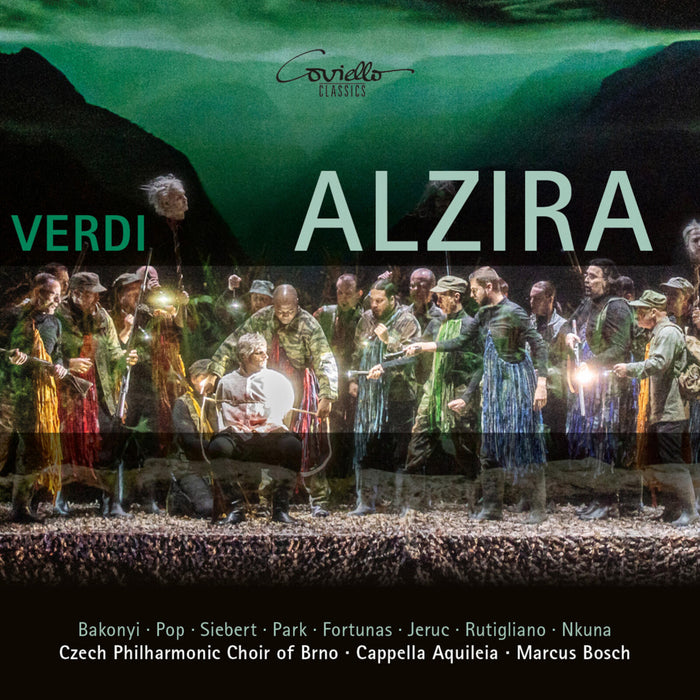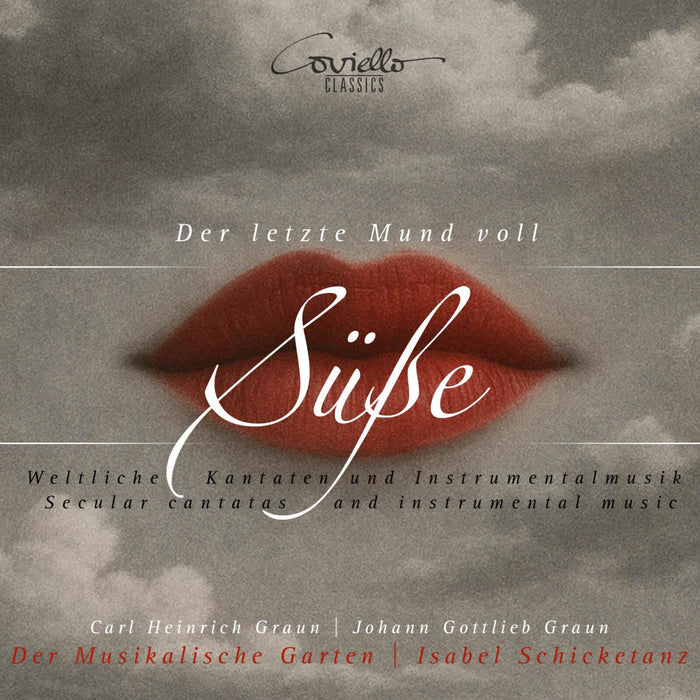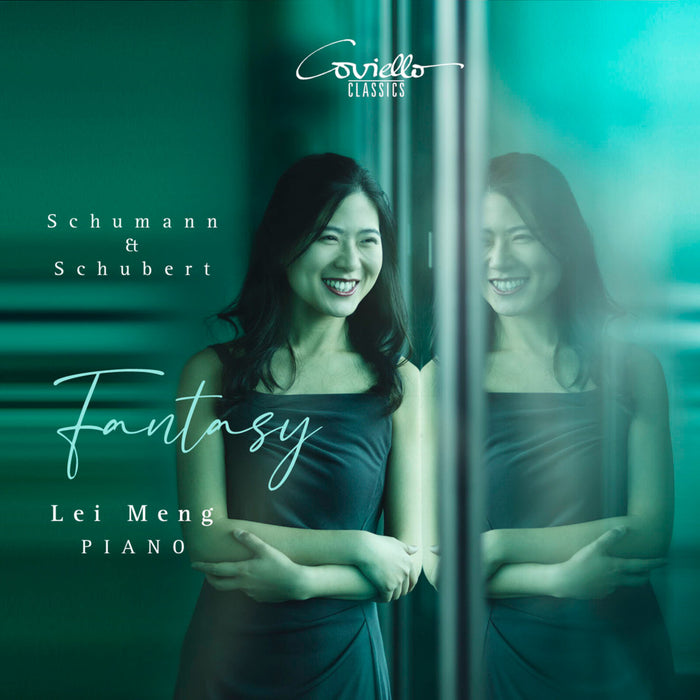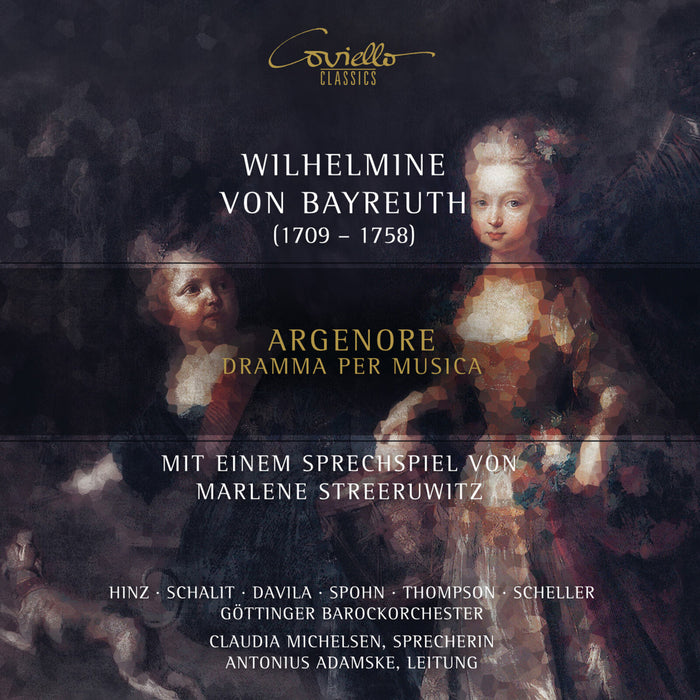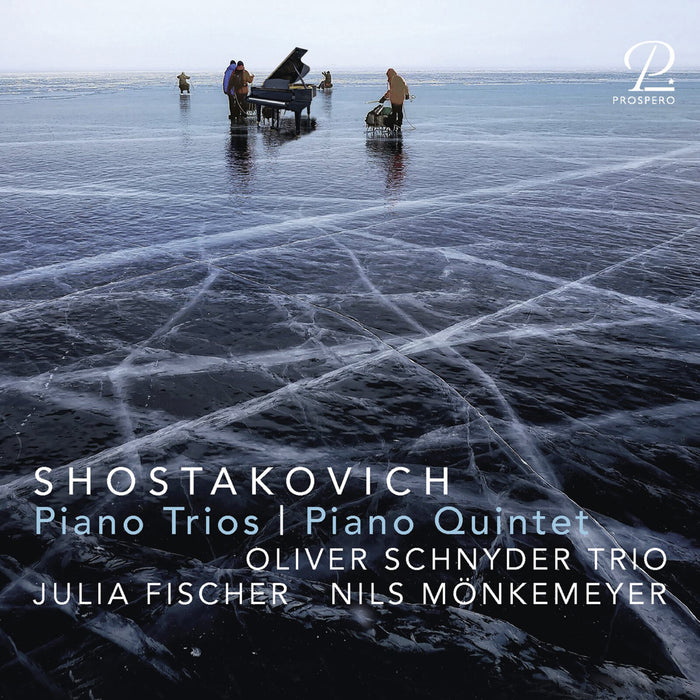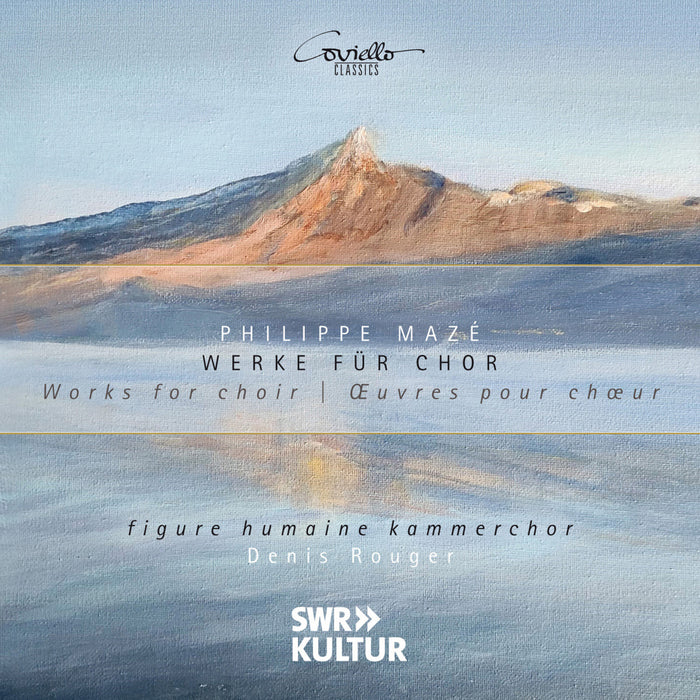Description
Fairy figure, minstrel or Blessed Virgin? Elizabeth I used all these role models as if in a masquerade to legitimize her position as monarch.
Female rulers were not actually envisaged in the structures of the 16th century. They contradicted the passive, obedient and silent image of women of the time. With masque music by Byrd, Dowland, Morley, Parsons and others, ensemble feuervogel looks behind these royal masks, breaks through courtly facades and explores how the problem of role models was solved under Elizabeth I.
ensemble feuervogel says of this recording:
In our new program 'The Queen's Masque - Metamorphoses of Power,' we focus on the music of the second half of the 16th century. During this time, the English masque held significant societal and political significance and flourished at the court of Queen Elizabeth I. In essence, the masque was a grand celebration featuring not only music and dance but also satirical plays, pantomime, and masquerade. An integral part of it was the so-called 'Antimasque,' portraying wild, animalistic, and uncouth elements as a counterpart to the ordered world. A plethora of the beautifully transmitted repertoire focuses on the Queen herself.
On our CD, we particularly shed light on Elizabeth I, who, as a woman in a position of power, was both admired and criticized. We aim to explore the significance of societal roles, which are now critically questioned, through our music.
In the words of John Bennet:
"Her name all bliss, with voice demiss I sing adoring, Humbly imploring that my rude voice may please her sacred ears, whose skill deserves the music of the spheres"
"The playing of the fine ensemble […] makes a good impression and leaves nothing to be desired" – MusicWeb International




